Stacks in Circulation
From Mexico City to NYC to Chicago: how private libraries can become living, breathing public spaces.
I’ve always been fascinated by bookcases. Whenever I visit someone’s home, I catch myself scanning their shelves as if I’m looking for a clue. (Sometimes I have to physically stop myself from getting too close. Or worse, looking like I’m trying to steal something.)
I really do believe that homes are extensions of the people who live in them, and bookshelves? They say more than we think. They reveal interests, obsessions, forgotten phases, secret indulgences, and maybe even a few aspirations.
When we started organizing ours, we played around. Some spines in, some out. Curated less by genre and more by what we wanted to see every day while sipping coffee on the couch. We agreed: no TV in the living room. (Which, yes, means hauling a 65" screen in and out of the storage closet every time we want to binge something.) So we figured the shelf had to be just as interesting as whatever we’d be streaming. Maybe more.
Of course, we also disagreed: Should books be displayed with their titles visible, or is it okay to turn them around for the aesthetic? My take: books aren’t just to be collected or dusted. They’re meant to be read, shared, passed around.
Then I watched an episode of Home on Apple TV ("Mexico City: Casa de Carla y Pedro"). I could write an entire post on their home alone: two renowned artists sculpting a cave-like dream space, filled with Mexican techniques, materials, and what might be the most interesting private library I’ve ever seen.
Pedro Reyes, a visual artist, opened his home - specifically, the incredible book collection he’s built with his family - to the public, believing that jailing the books in a private library defeats their purpose. Books are meant to move, to circulate. So he created Tlacuilo, a lending library that began on Instagram. No fees. No seven-day limits. Just trust. You can borrow a book for up to three months and let it sit with you. There’s no delivery option either; you go in person. You might even meet someone else in the process.
Since then, Tlacuilo has grown into a network with two more collections and locations: one at El Museo de Arte Carrillo Gil, and another housing the library (vinyls included) of the composer Conlon Nancarrow. The expansion continues to reflect the founder’s original idea: that knowledge is meant to be shared, that books are bridges, and that a library can also be a meeting place.

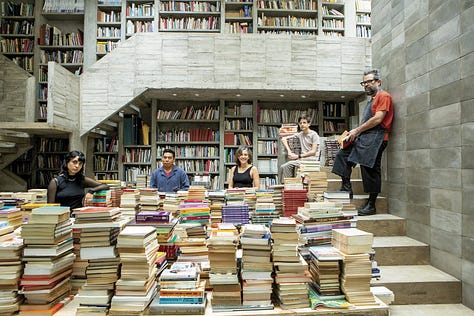

The idea that a personal library can be public and generous stuck with me. It sent me looking for something similar closer to home, which led me to Resource: a beautifully curated lending library in New York City focused on design. Located inside Lichen and the Herman Miller flagship, you can borrow a book for 30 days for just $5 a month. That’s huge. Design books are usually expensive; not just because of the content, but because the design is the content: the layout, typography, paper choice, binding, and even the weight of the book are all part of the message.
The titles are curated by founder Alison Beshai, as well as the teams at Lichen and Herman Miller. And while the shelves are small, the impact isn’t. It's a way to democratize access to design knowledge in a city that’s overflowing with it, but not always within reach.
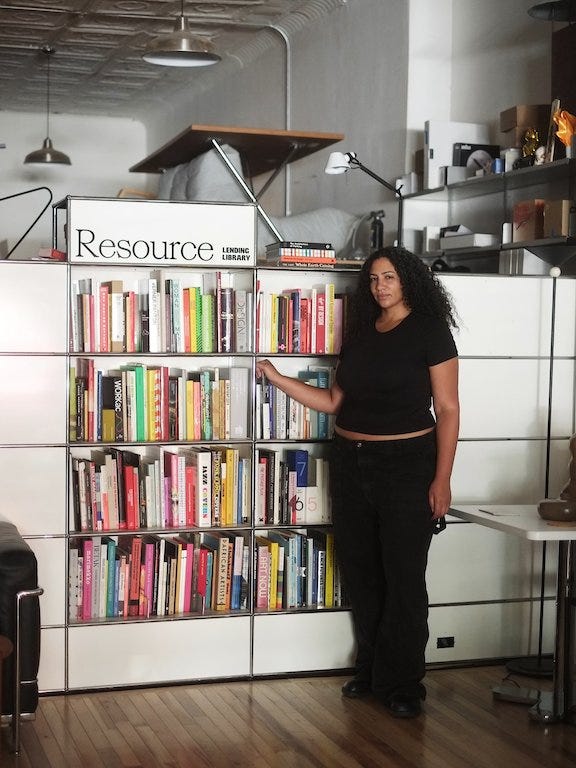

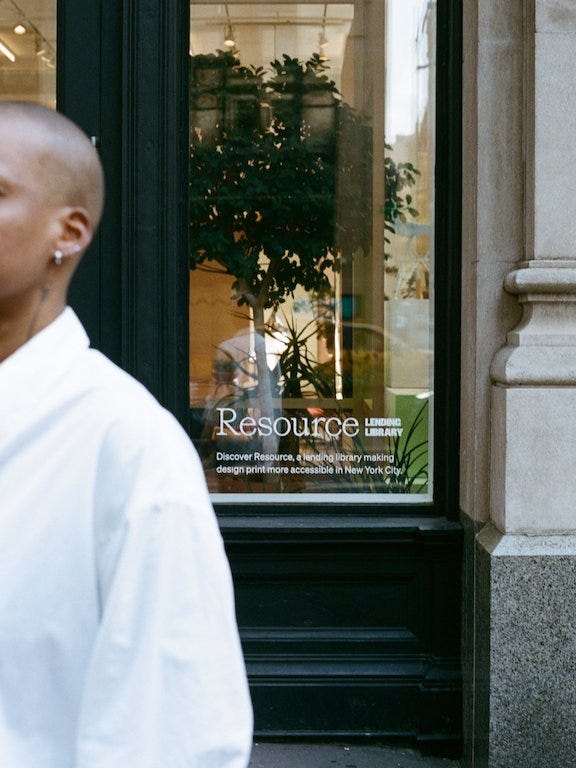
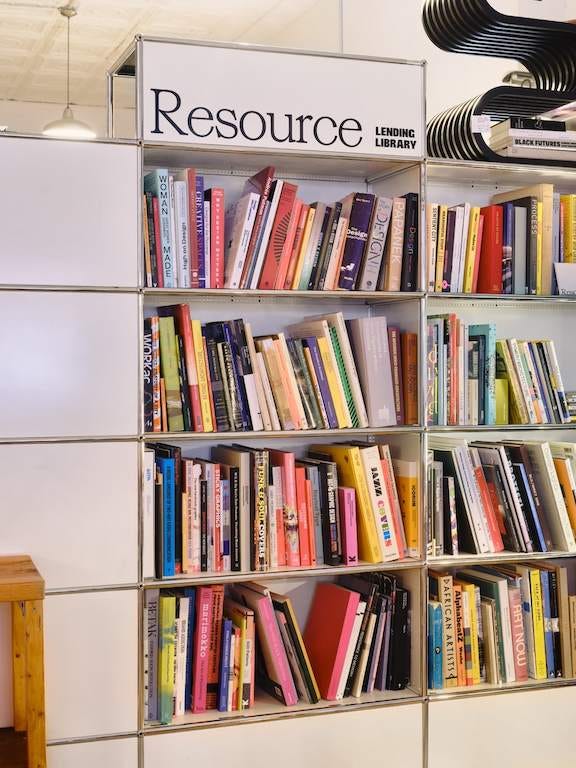
And then, through conversations about these topics, I learned about another incredible project: Theaster Gates’ work in Chicago. On the South Side, where he grew up, Gates transformed a former bank into the Stony Island Arts Bank, a space for Black creativity, history, and autonomy. Inside:
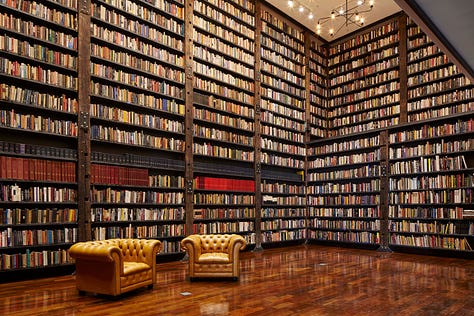
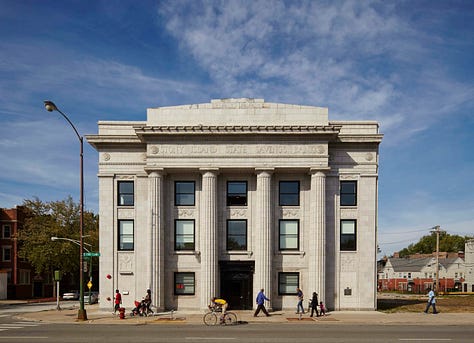
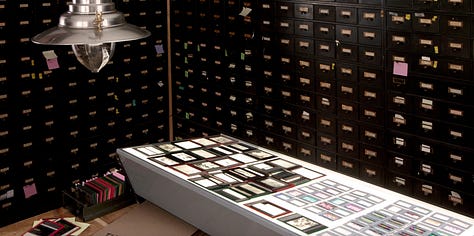
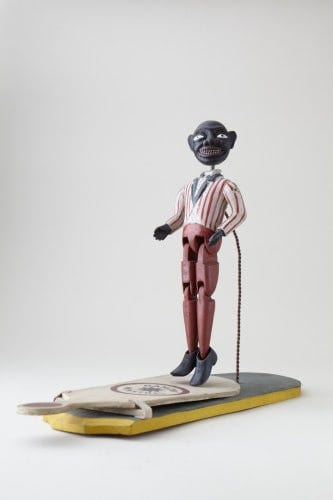
All of this was open to the public for free (the space is now permanently closed, but its legacy continues through the Rebuild Foundation).
The Stony Island Arts Bank is just one example of the work made possible through the Rebuild Foundation, which Gates founded in 2010. Guided by three values: Black people matter, Black spaces matter, and Black objects matter, the foundation reimagines cultural spaces as sites of public access, memory, and care. Through art, architecture, and community engagement, Rebuild has become a model for how institutions can center creativity while honoring and amplifying Black history.
These aren’t just projects. They’re ideas in motion. They’re blueprints for how to rethink ownership, access, and the way we share what we know.
I hope these aren’t just one-offs. I hope they’re signs of a larger shift. A slow, steady move toward more open, generous ways of living and learning together. I’m working on compiling a list of places like these, so more of us can read, borrow, and give back. And if you know of one, send it my way!
Until the next detour.



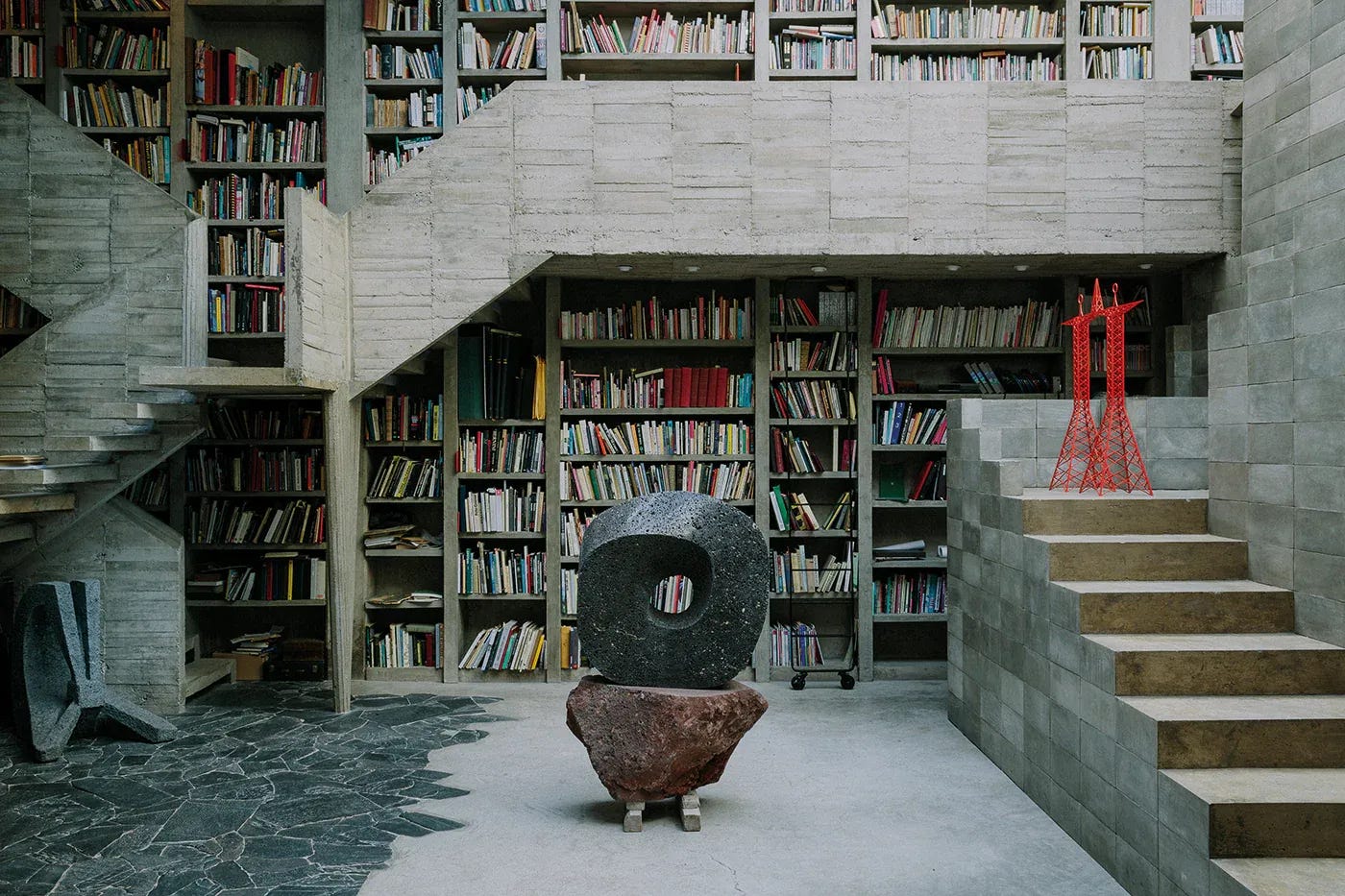
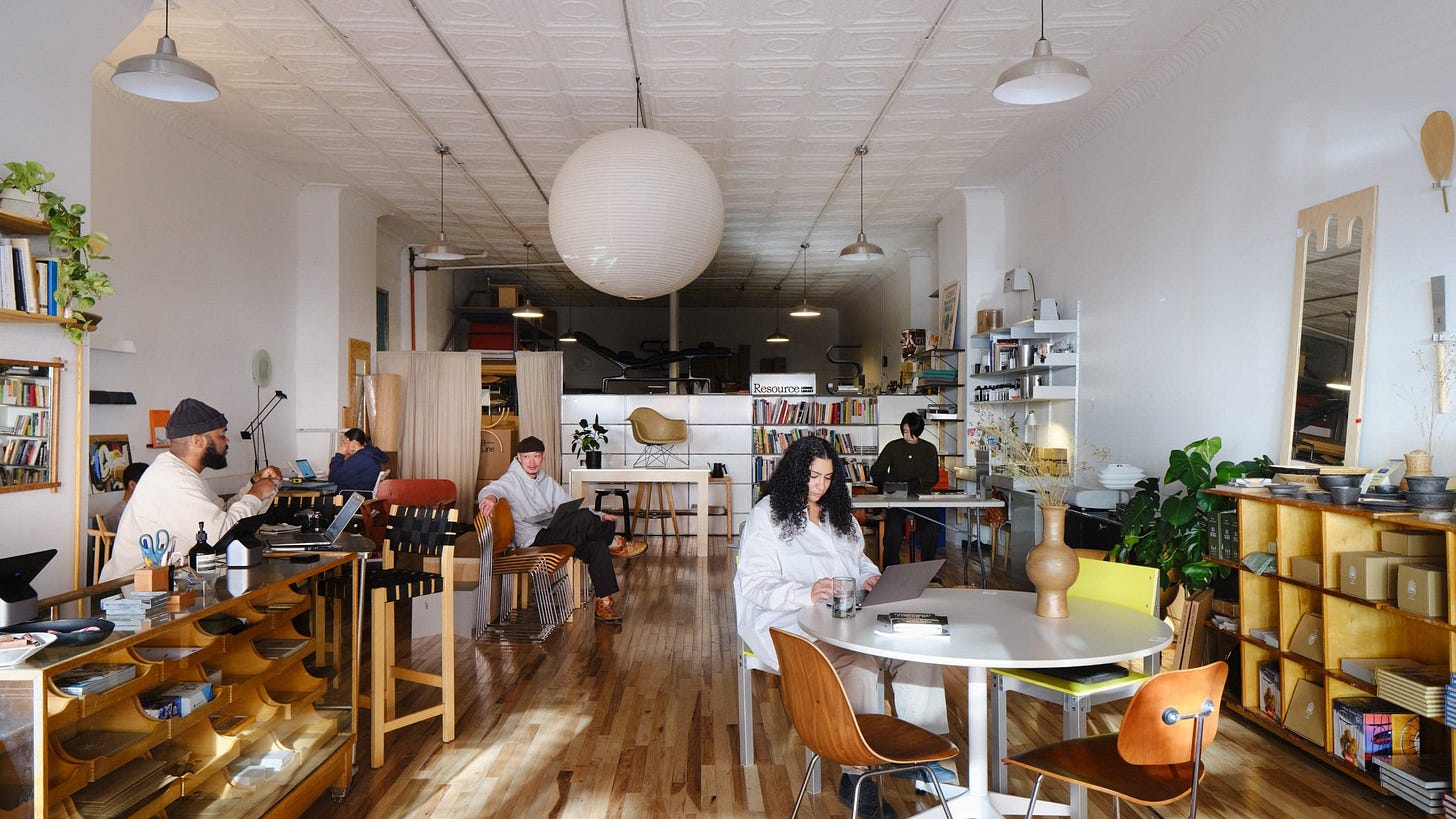
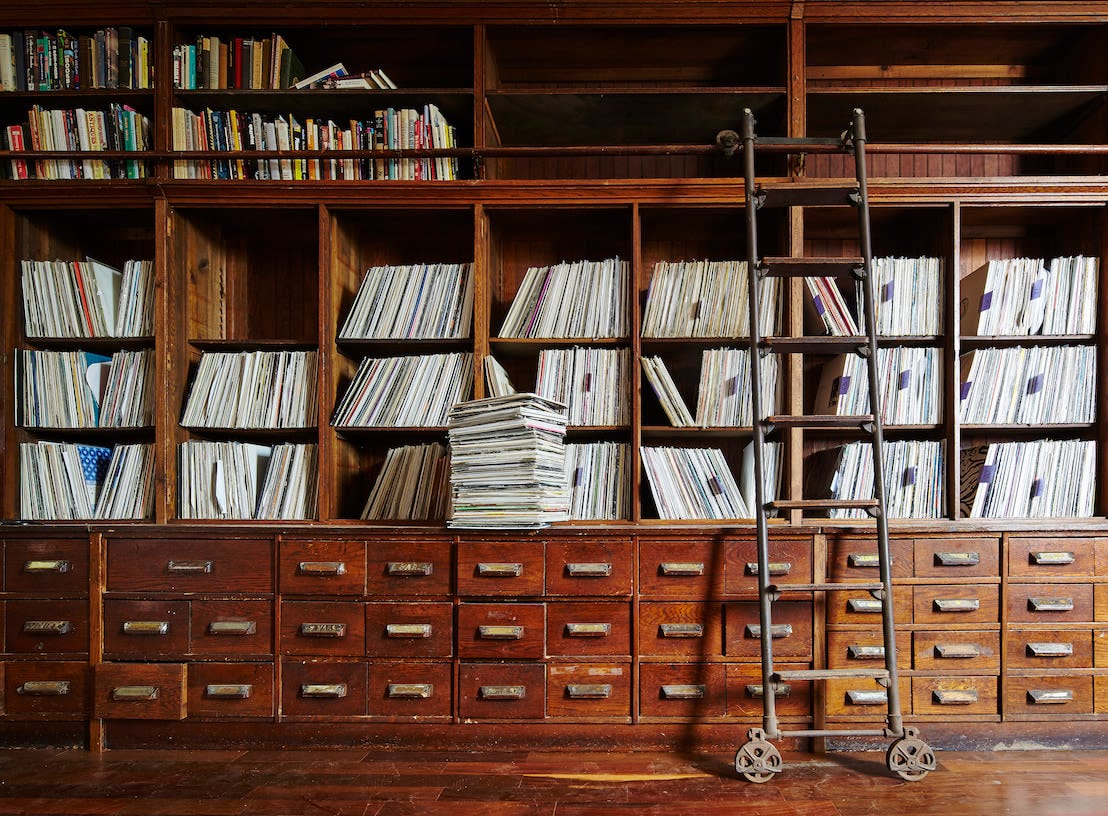
Ever since watching the Apple TV+ show Home, I’ve been low-key obsessed with all the amazing places — especially Carla & Pedro’s place and everything they’re up to. A total delight!
A library card is elite!